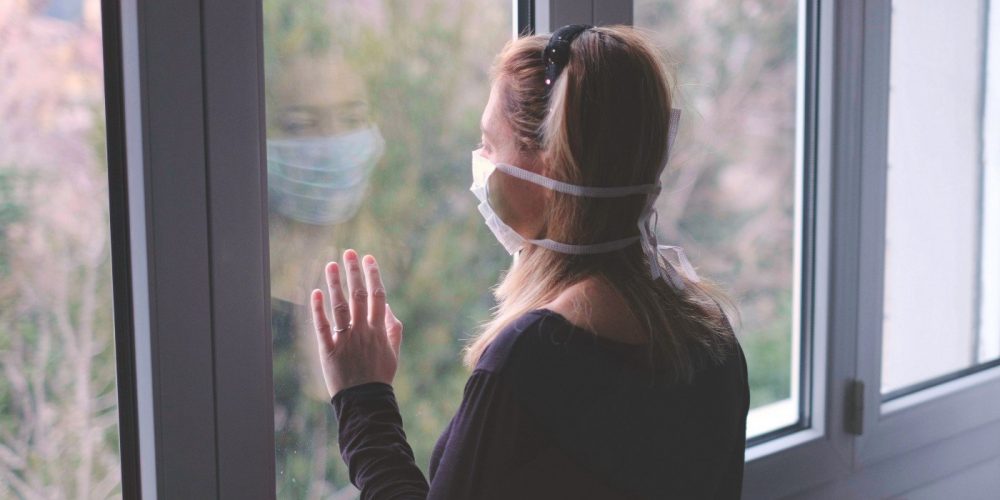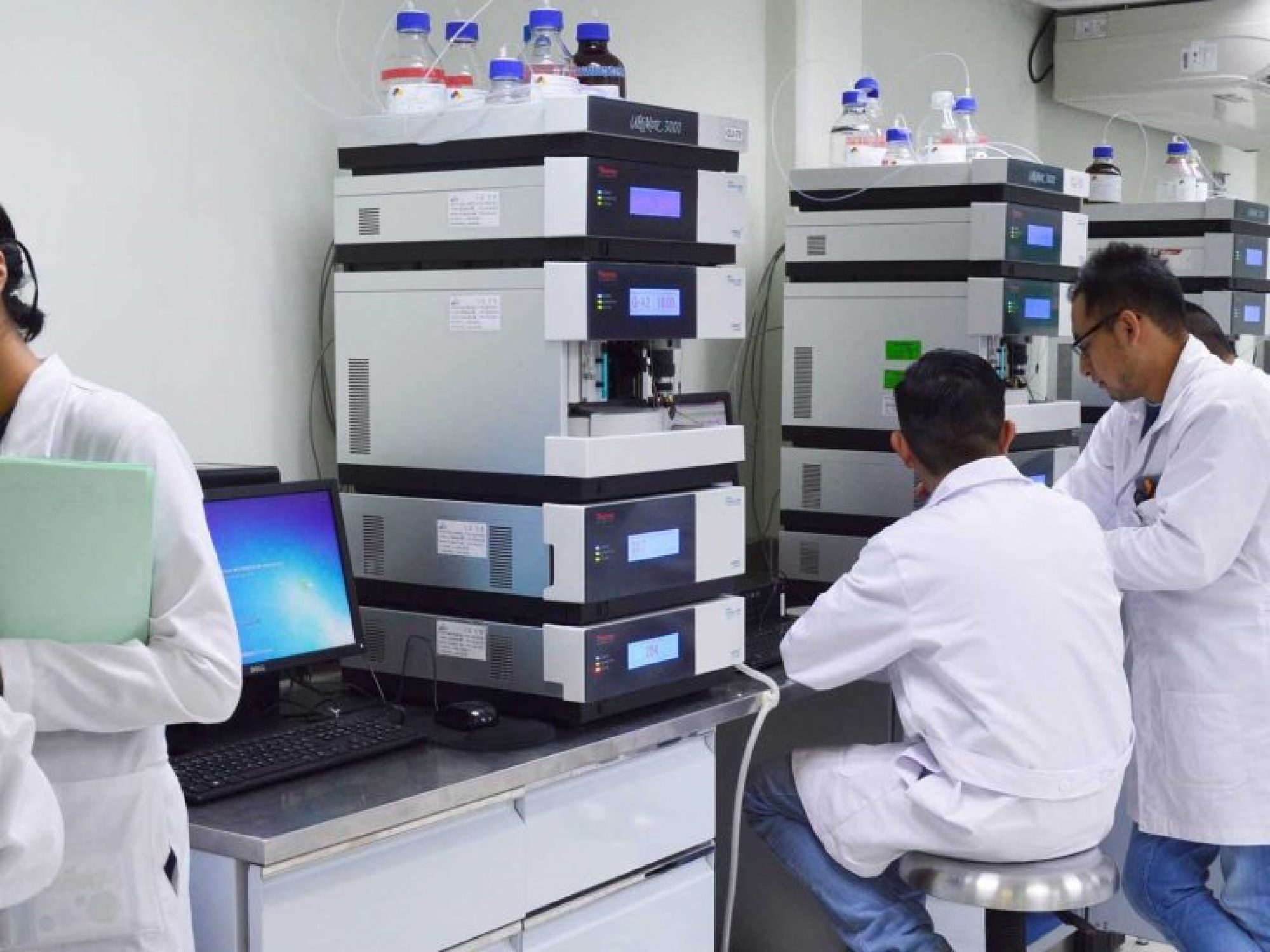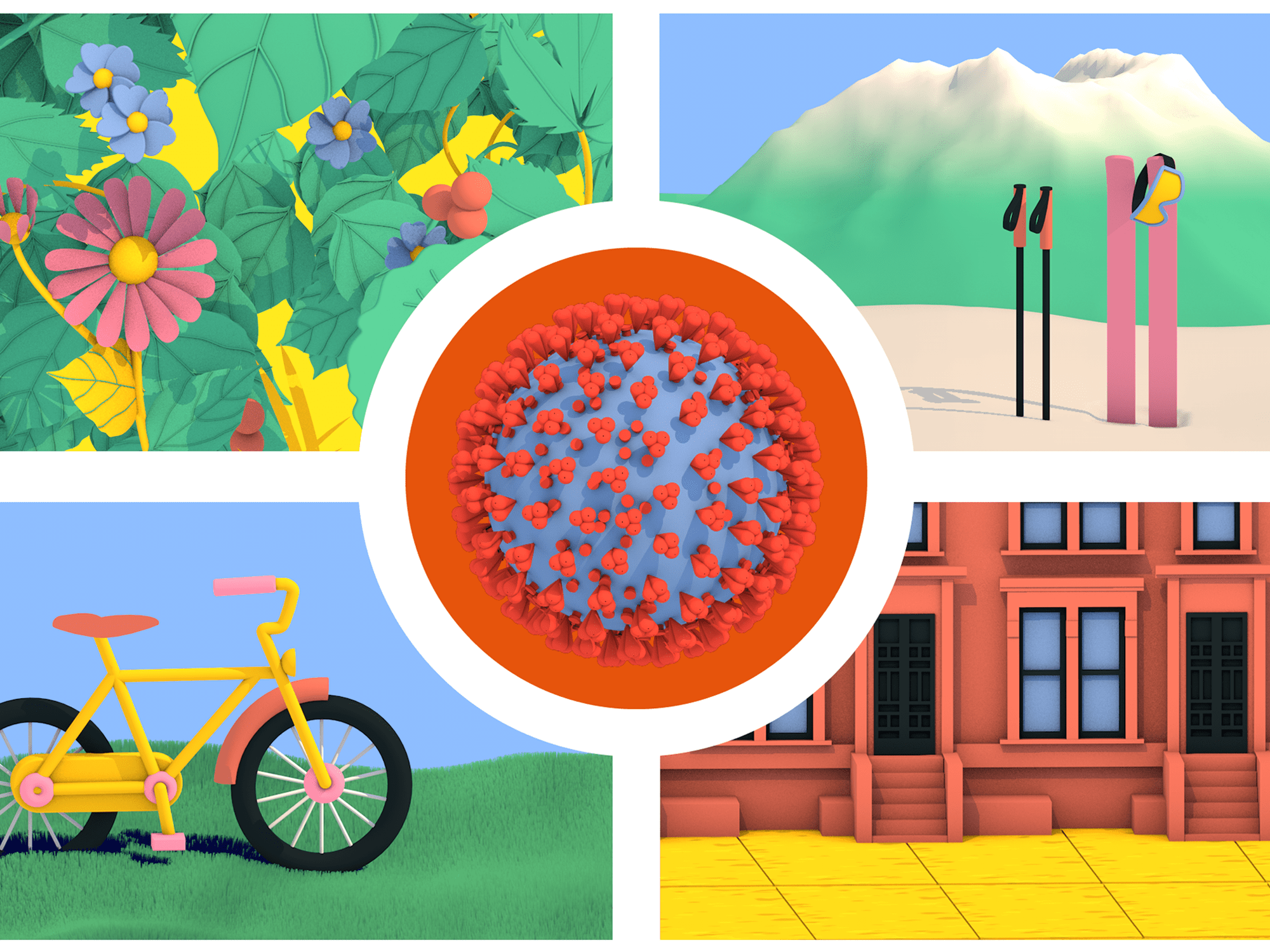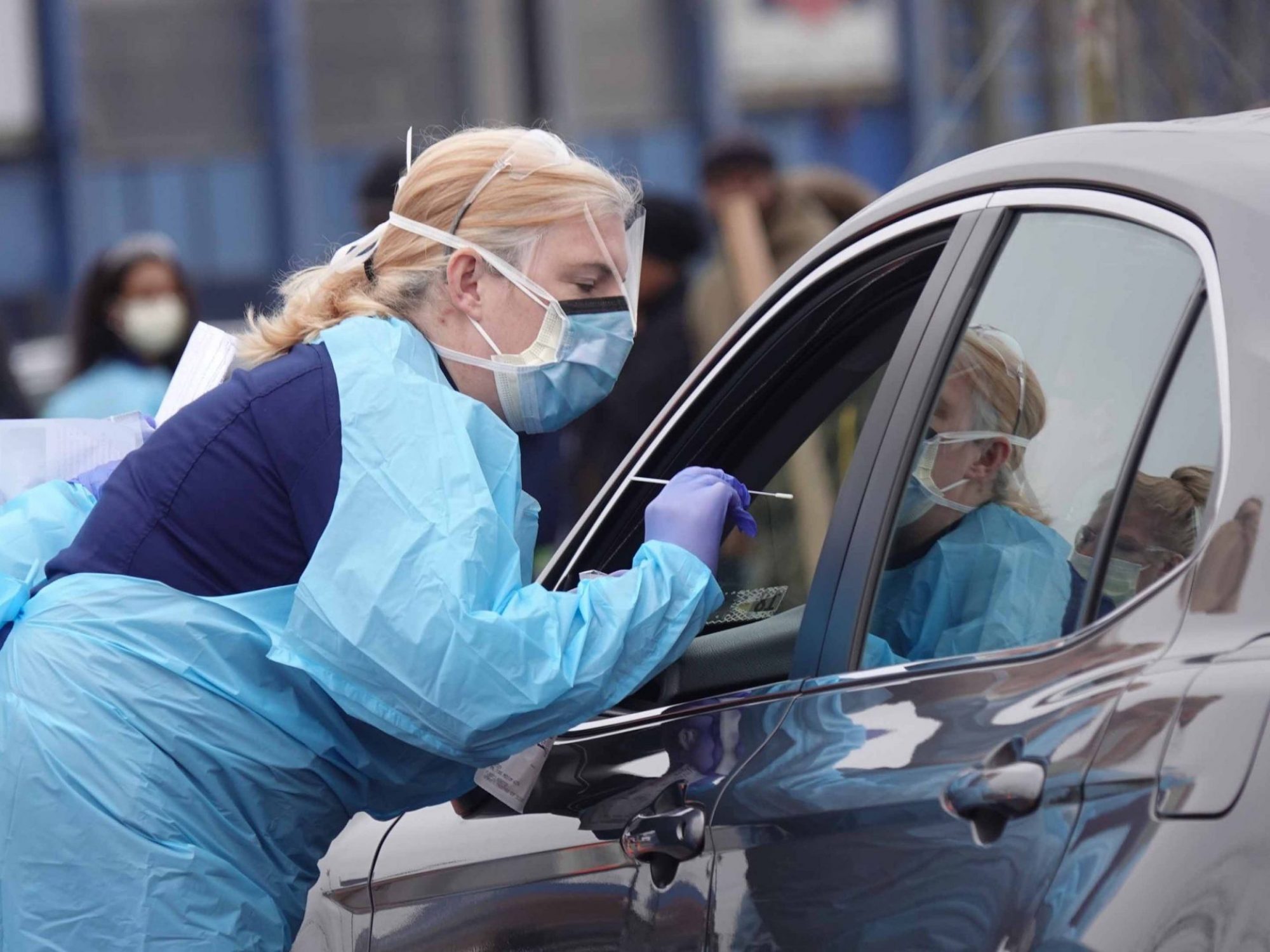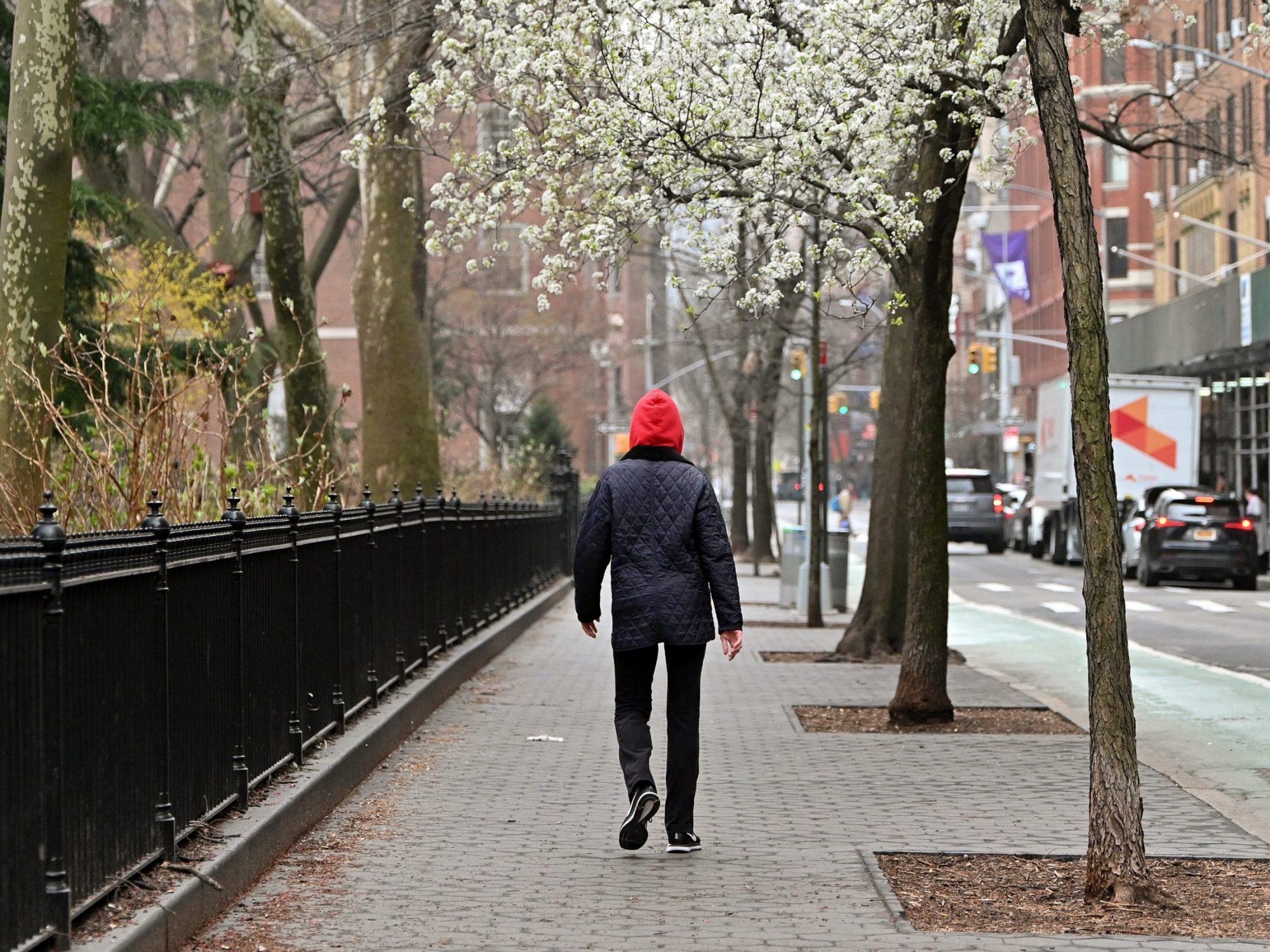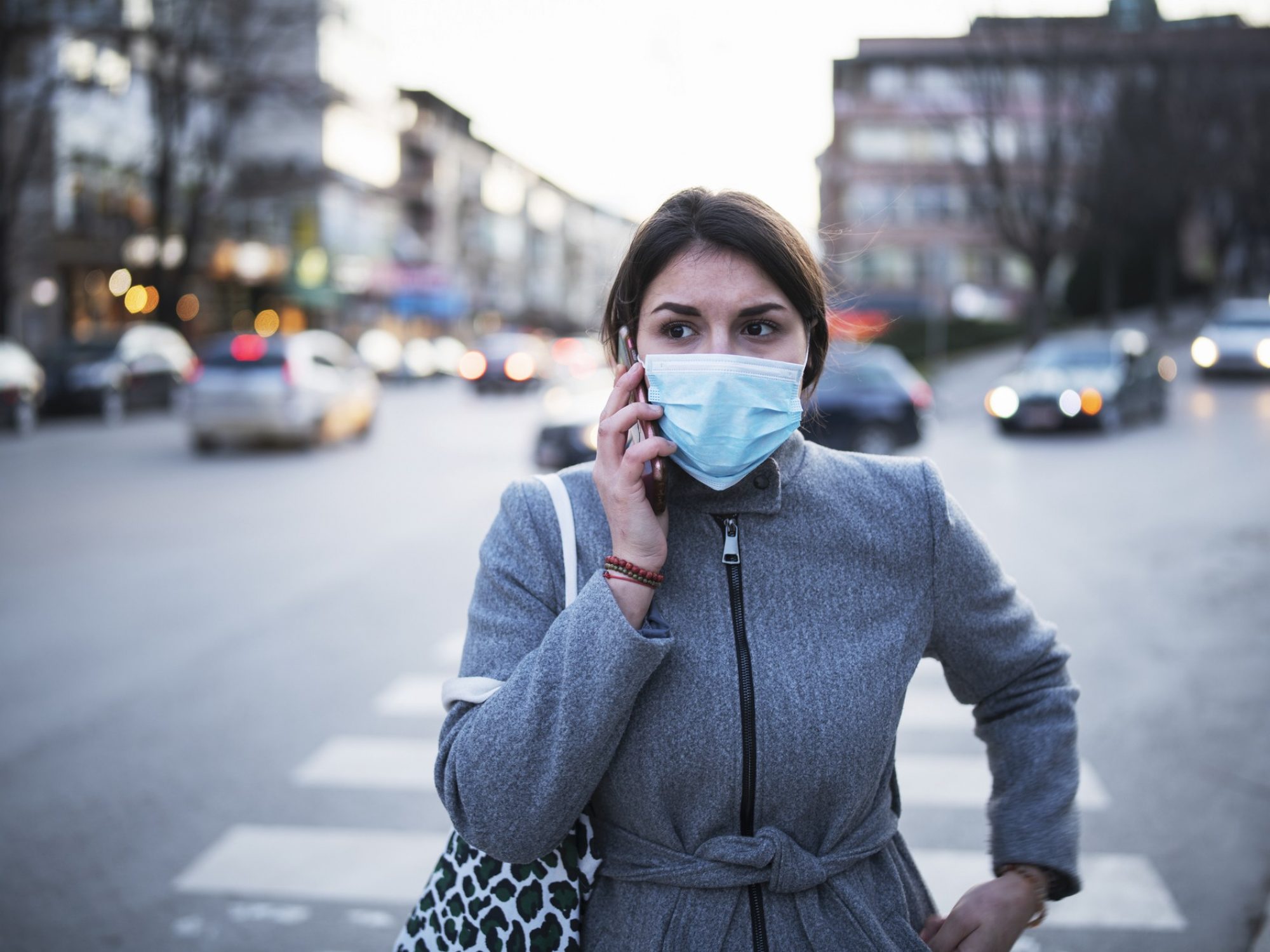Understanding the viral video and its dangerous and false claims
This week, you might have seen the “Plandemic” conspiracy video pop up on your social media feeds. Posted Monday, the slickly produced 25-minute video had 1.8 million views, 17,000 comments, and nearly 150,000 shares on Facebook before it was taken down on Thursday for violating Covid-19 misinformation guidelines, reported Digital Trends. YouTube and Vimeo did the same, but on Thursday #PlandemicDocumentary trended on Twitter as supporters clamored about censorship, suggesting that the ideas it promoted had already taken root.
It’s hard to summarize all the conspiracies “Plandemic” puts forward because it incorporates so many. Primarily, the video (which was meant to be a trailer for a longer documentary) banks on common anti-vaccination ideology to make the false claims that the ongoing pandemic was caused by a previous flu vaccine and that wealthy people deliberately spread the virus to increase vaccination rates. You can read an exhaustive, scientifically backed list of the video’s false claims written by emergency management expert Jim Chaffee here, but ultimately, what got it banned from Facebook was its dangerous and false assertion that wearing a face mask “activates” the virus.
Let’s correct this misinformation up front. Scientists have established that the pandemic is caused by the spread of the SARS-CoV-2 virus, not a flu vaccine, and vaccines don’t cause infectious disease. There’s no evidence that anyone is spreading the virus deliberately, and there is no vaccine for Covid-19, let alone an increase in vaccination rates. Wearing a face mask protects people from inhaling and exhaling the viral particles that cause disease and is a crucial public health tool that keeps people safe.
Despite its false claims, the video has garnered a lot of attention, perhaps even from your normally levelheaded friends and loved ones, in part because it’s emotionally compelling and professional-looking. Its main character is Judy Mikovits, a discredited scientist who is a widely known anti-vaccination conspiracy theorist, despite her claim in the documentary that she is not. In “Plandemic,” Mikovits is portrayed as a victim of the science community whose ideas have been silenced — a common conspiracy theory trope.
Mikovits lost credibility as a scientist after the retraction of her controversial study linking a mouse retrovirus to chronic fatigue syndrome, a mysterious and misunderstood illness, from the prestigious journal Science. The Washington Post’s recap of Mikovits’ story outlines her sordid professional and legal troubles since then, as well as her collaborations with popular anti-vaccination personalities, which include two books.
We’re living through a time of great uncertainty, so it’s crucial to avoid speculation and to stand by the established science. There is a lot we don’t know yet about Covid-19, but there’s little doubt that what scientists have discovered about it has mitigated the pandemic: Research on its transmission has led us to enforce strict social distancing, which in turn has led to fewer sick people in places that enforce those rules — New Zealand, for one, has officially eliminated Covid-19 through its aggressive, science-based distancing measures.
Some of the people who share this video may be confused or overwhelmed by the many uncertainties surrounding Covid-19. We have to trust that most people are not acting out of malicious intent and are simply trying to find the best way to navigate this crisis.
Rather than attack them, it’s important to engage people who share this video in constructive conversation that’s based on scientific facts. At Forbes, science communicator Tara Haelle deftly and emphatically makes a case for speaking up when you see people share the video or its ideas on social media — not in a mean or judgmental way, but in a way that clearly corrects misinformation with established science. At The Atlantic, Liz Neeley wrote an excellent guide to talking about the coronavirus in fraught situations.
Misinformation-filled videos like “Plandemic” have the potential to fracture trust, but they also provide opportunities to have facts-based conversations about science with people who may feel scared and confused. Approaching these opportunities with empathy and patience, and not with anger and condemnation, is paramount — because further alienating people who are already mistrustful of science will, ultimately, set everyone back.

